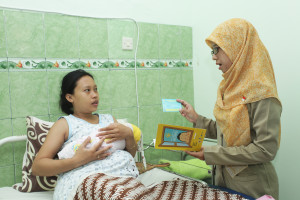Modern airplanes use up to half their fuel to overcome the drag caused by turbulence at the surface of an airplane.

In 2010, Professor Ivan Marusic’s team of engineers at the University of Melbourne became the first in the world to predict and model the behaviour of the eddies that cause this drag—known as boundary layer turbulence. And now they are trying to control them.
“Even a five per cent reduction could save billions of dollars, and millions of tonnes of carbon dioxide,” says Ivan, “which is a big deal to aircraft operators like Qantas.”












